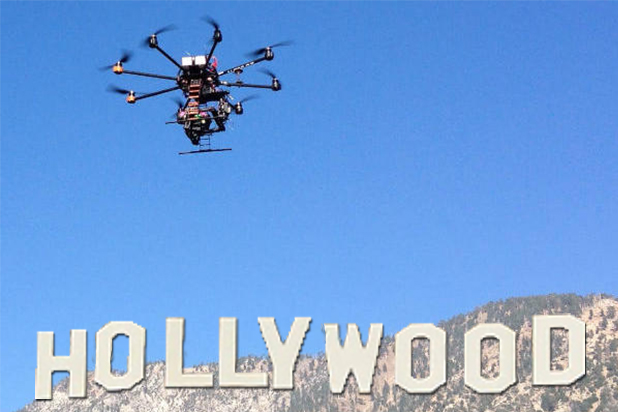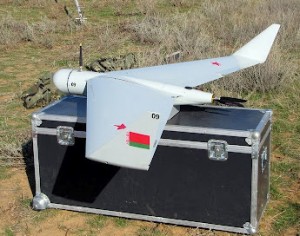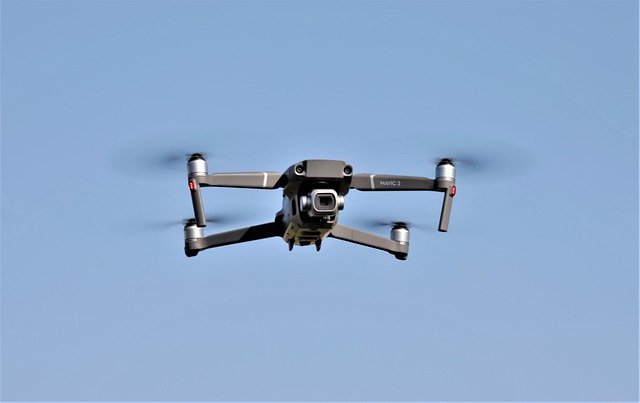
While there are many advantages to using drones for inspection, not all drones will be suitable for your job. Using a drone to inspect assets can help inspectors discover maintenance problems, but the repairs must still be done manually. Drones are simply another tool in an inspector's toolbox. Some inspectors prefer to use the inspection cameras that they have hung from ropes, while others may drop them off at assets. Drones are the ideal tool in these cases.
Drone 20
Drones can be used to inspect buildings and provide high-quality data at a high speed. Drones are able to capture a consistent image without the need to climb down to view the contents of buildings. A higher zoom can be used to spot missing or minor defects. Shell Deer Park in the USA has used drones since 2016. They inspect industrial equipment like flare tips and floating roof tank and can capture detailed information without the need to have human intervention.
Thermal camera
The thermal camera attached to a drone is a great tool for inspection. Firstly, you can use it to inspect a wide area quickly. Second, thermal imaging can be performed faster than any other type of inspection. You can also view objects from close-up. Emitec drone features a sophisticated thermal imaging system. It uses an exclusive HD downlink method to transmit the thermal image on multiple monitors and to a tablet or PC.
Light
Drones have been around since the early 2000s, and the technology behind it has changed significantly. You can use a drone to collect data for a wide variety of purposes, whether you are using it for inspection or industrial purposes. Drones have become the most common choice in the energy industry for inspecting gas and power lines, as well as generating valuable insights. A drone can be used to inspect wind turbines. It can scan the leading edges and lightning receptors. Drones can take high-resolution photos of damage or defects and collect data about the turbine's health. This information can be used for planning the repairs.

Vertical attachment mechanism
A vertical attachment mechanism allows a drone to be attached to a surface. These drones can hover at high altitude above the surface. The sensor probe can also be detached from the surface for testing. Drones can hover on the surface using their articulating joint, which may absorb some impacts if the UAV crashes onto its side. They can also remotely be controlled and partly automated.
Safety
Drones have become a popular method for inspection. Drones are a great way for companies to reduce the cost of material transport, monitor and inspect, as well as streamline their inspection procedures. An FCC unit, for example, converts heavy crude oil to more valuable fuel products. It is composed of multiple pipes and cyclones. A riser pipe is the one that mixes heavy oil and powdered catalytic at high temperatures in the center. Inspection workers would need access to the top of this riser and ropes to climb inside the pipe to inspect it manually. This risk can be eliminated entirely by using a drone.
Cost
There are many benefits to using drones to inspect construction sites. Drone inspections are cost-effective and offer convenience. The downtime that scaffolding can cause is costly and can also lead to increased costs. Drones can also reduce the need for liability insurance. Your maintenance costs can be reduced by thousands of dollars every year. While drone inspections are commonly used by construction companies, this is not their only option.
Efficiency
Although drones are great for inspection, they do not replace a human inspector. A typical inspection task can take 10 to 12 hours if a technician is present. Drones can complete this task in less time than an hour. Drones can also reach places that humans cannot. This allows companies to save thousands on inspection costs. This technology is not yet in every industry.

FAQ
What are the laws regarding flying drones
The Federal Aviation Administration (FAA), regulates drone operations in the United States. To operate a drone commercially, you must first get a certificate from the FAA. Next, you will need to complete a course in flying skills and pass an exam. The agency will require you to pay a fee.
What US states do drones are legal in?
Legally, you can operate a drone to perform hobby tasks. The Federal Aviation Administration (FAA), has established guidelines that allow the use of small unmanned aircraft systems (UASs). These UASs must first be registered with FAA to be allowed to be flown. If certain conditions are met the FAA will allow commercial operators to fly these drones.
Is it possible to spy on someone with a drone?
Yes, anyone can use a drone to spy on you. To protect yourself from drones, you must be aware of them. Do not hesitate to call 911 if a drone is seen flying.
Statistics
- According to ZipRecruiter, the minimum hourly wage of drone pilots is $20. (thedroneu.com)
- According to industry research from ZipRecruiter , there are 10 cities where the typical salary for a Drone Pilot job is above the national average. (dronesgator.com)
- With the top 10% making over $100/h and the bottom 10% making as low as $10/h. (dronesgator.com)
External Links
How To
How to Fly Drones with Beginners
A drone refers to a remote-controlled aircraft designed for aerial photography, surveillance and scientific research. Drone technology has been around since World War II. DJI's Phantom quadcopters became commercially available in 2010. Since then, there have been many different types of drones available, from beginner-friendly models like the Parrot AR Drone 2.0 to professional-grade multi-rotor craft like the DJI Mavic Pro.
You can fly a drone in many different ways, including:
-
Remote control – This technique uses a control device attached directly to your hands that allows you steer the drone around its flight path. There are two main types: Joysticks (like a radio), and On/Off switches (like an alarm clock).
-
Manual Control- This allows you to control your drone remotely via GPS coordinates. You will need to keep track of where the drone is going and follow the directions from the app.
-
Autonomous Flight – This is when the drone handles all the piloting tasks. It basically flies autonomously without any human intervention. The drone must be equipped with a camera and sensors that can capture images and data in order to fly autonomously.
-
Triggered Flying - This method works in the same way as manual control. However, the pilot has to manually set up a route for the drone and it follows that route until reaching the endpoint. Once the programmed route is completed, the drone lands automatically and returns back to the base.
-
Landing Gear: Some drones have landing gear that allows them safely to land in case they lose power or run low on battery.
-
Goggles: Some pilots use goggles in order to protect themselves against debris when operating.
-
Camera - Some drones can be equipped with cameras which enable you to capture photos from the sky.
-
Obstacles: Some drones are equipped with obstacle avoidance systems to prevent them from hitting obstacles.
-
Speed – Some drones can reach speeds in excess of 40 mph.
-
Battery Life: Most drones have a battery life of between 20 and 30 minutes depending on how many power sources you use.
-
Some drones have a range of up to 30 miles, depending on their model.
-
Power source – Some drones require external power sources, others require internal batteries.
-
Weight - Some drones have a weight of less than 1 pound and others weigh 4 lbs.
-
Size - The size of drones varies from small, easily carried devices to more substantial crafts that weigh in excess of 50 pounds.
-
Price - Drones come in a variety of price categories, including high-end models which can run into the thousands and low-cost options that can start at $100.